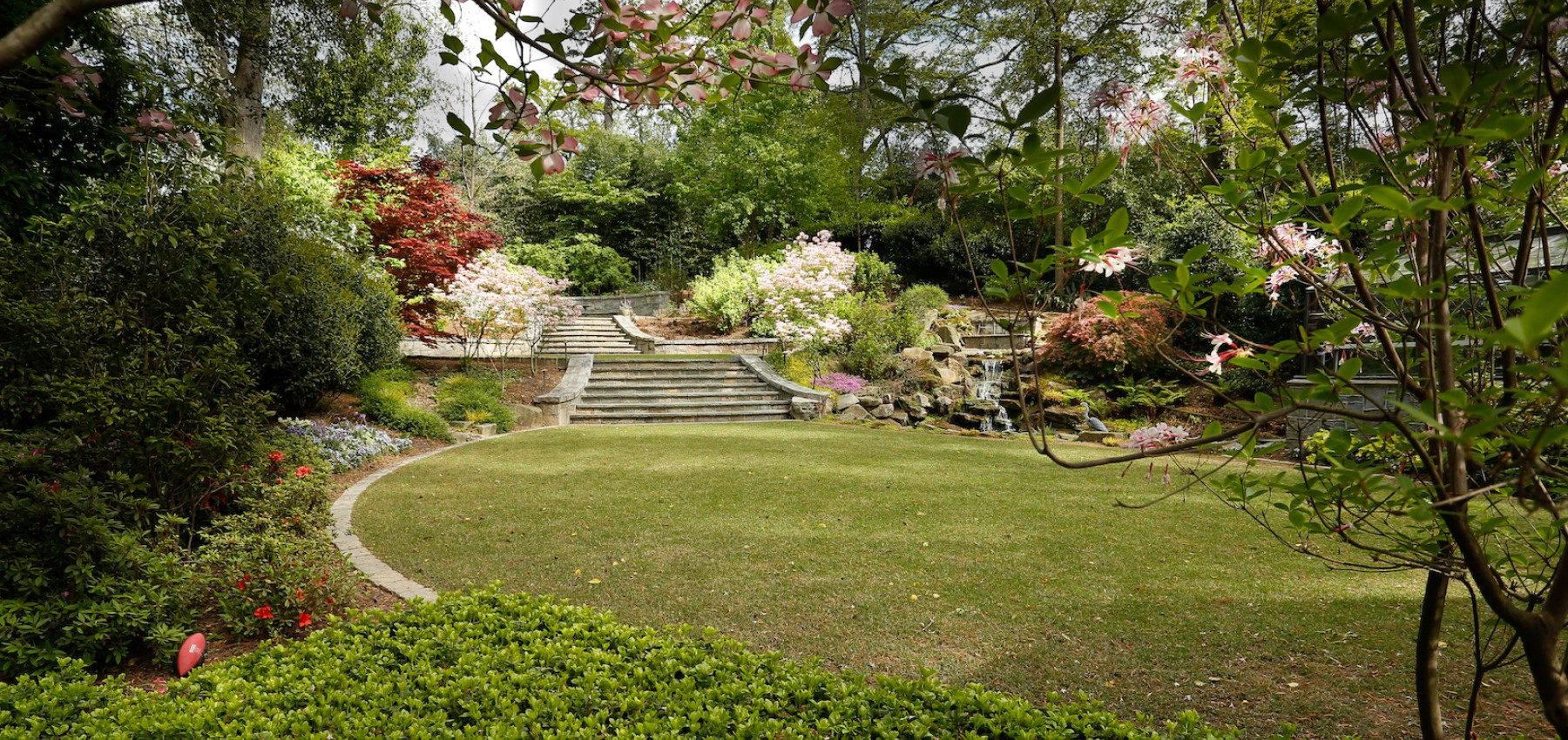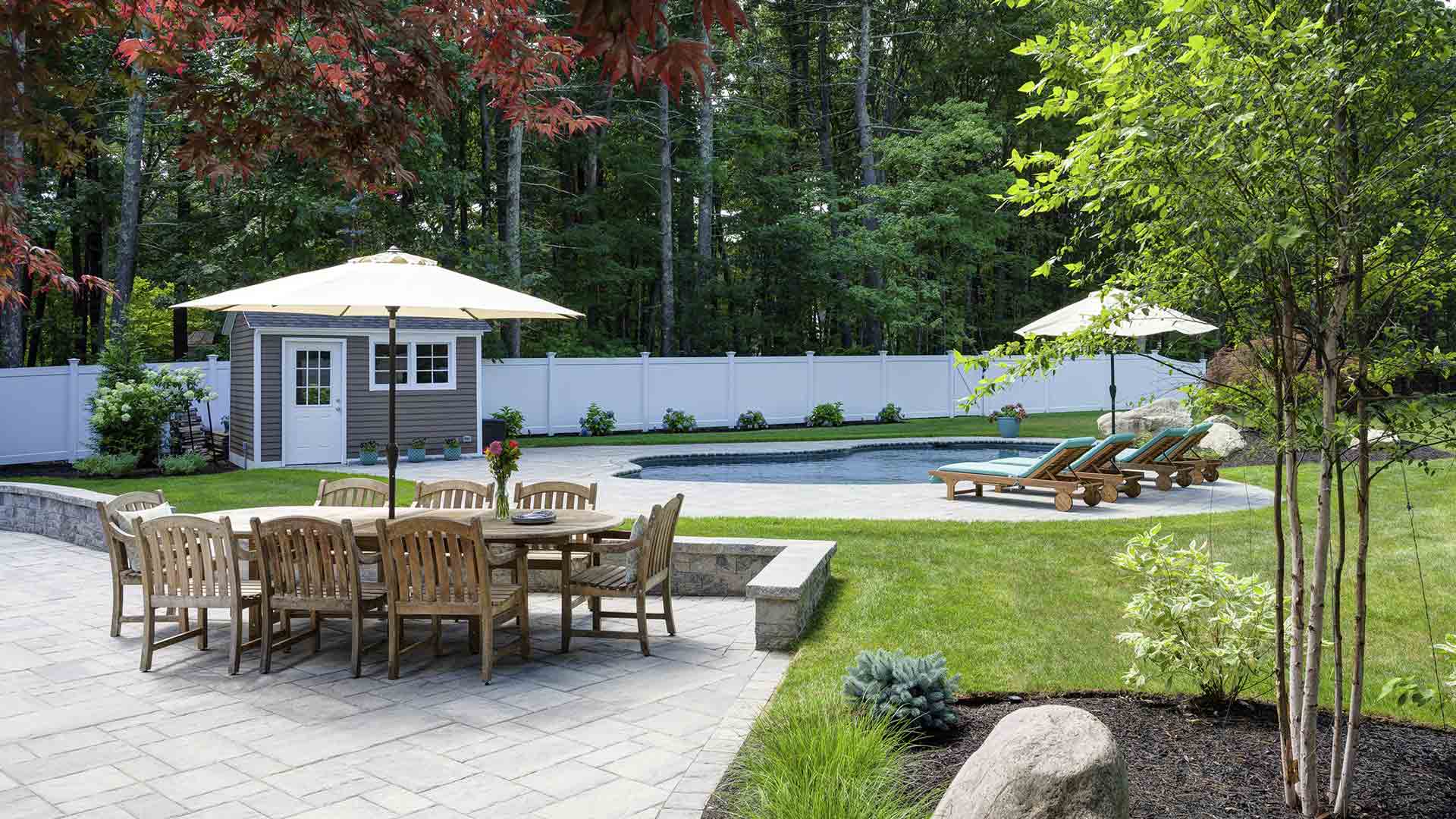Top Guidelines Of Landscapers
Top Guidelines Of Landscapers
Blog Article
Rumored Buzz on Landscapers
Table of Contents10 Easy Facts About Landscapers ExplainedLandscapers for DummiesThe smart Trick of Landscapers That Nobody is Talking AboutLandscapers Things To Know Before You Get ThisThings about Landscapers
- A tree or bush (bush) that loses its leaves in wintertime. In the PNW there are semi-deciduous or semi-evergreen plants that may lose their leaves depending on how cold the winter is. Abelia and some hebe are fine examples. Landscapers. - A level event area, made from wood or composite material (made to look like wood), typically surrounding or affixed to a framework.

- Granite that is weathered to the point that it is an extremely great accumulation. This is a natural process, and the result can be utilized for courses and patios. Broken down granite is usually referred to as DG. It is particularly beneficial in modern-day landscapes. - Key landscape features being suggested in a landscape style strategy.
How Landscapers can Save You Time, Stress, and Money.
These objectives assist the style process, not the designer's design or choices. Typical design purposes in Rose city are low maintenance, dry spell forgiving, and animal friendly. - Refine for getting rid of or thinning the dead lower degree of a fully grown yard. Thatch is turf that has passed away and gathered below the environment-friendly blades.
Over time this layer can obtain very thick and make it tough for water, sun, and nutrients to get to sections of the grass.- The process of accumulating and controlling the circulation of water on a property. This can be done with grading, French drains pipes, dry wells, absorptive surfaces, sump pump, rainfall yards, and a lot more.
Characteristic at the end of hills, with all-natural springs, or complete of heavy clay have the most drainage troubles.- A sluggish feeding watering system that utilizes adaptable tubing and emitters to send a precise amount of water per plant. This is the most effective approach of irrigating plants. - The capability of a plant to survive without much summertime water.
- A garden attribute where water is stood for by an aggregate stone item, generally a gravel or granite. These are most typically located in modern-day and Japanese garden design.- A stone or natural flagstone patio area, course, or sidewalk built without a concrete base. The base would be compacted gravel and the joints would certainly be an accumulation or walkable ground cover.
Not known Facts About Landscapers
- A stone retaining or cost-free standing wall surface built without the usage of mortar. An extremely competent mason is required for a dry pile rock wall surface. A lot of walls in Rose city are moist piled, even if they seem. - An underground framework that gather water and enables it to slow down percolate into the dirt around it.
Landscape style that works with a sites' atmosphere in both appearance and sustainability without unfavorable influences to the atmosphere. Interrupting the landscape is a line of demarcation that produces aesthetic interest in the yard by dividing one segment from one more section. This can be aesthetic or practical, maintaining one element (such as pea gravel) from obtaining combined into one more (like bark dirt).
Areas can also sense of "room" given by trees, other plantings, fences, or displays. The landscape near the entrance to a structure. A tree, hedge or creeping plant, trained to grow on a wall or websites fence into a particular pattern. Particularly beneficial for fruit trees, making it easy to gather the fruit and consisting of mess.
A plant that is not indigenous to the area where it will certainly be planted. Not all "exotics" are invasive or damaging, and lots of can be well behaved or drought tolerant (Landscapers). A mass planting of ferns. Thicker bladed lawn yard that spread by means of rhizomes.: The level of soil on your building prior to bark dirt or garden compost is spread out.
The 9-Minute Rule for Landscapers

The function, factor, or action that a location is be landscaped for. Stairs work, for instance, to allow foot web traffic backwards and forwards a slope. Room for growing plants for seeing, consuming, or physical activity. A roofed building made use of over an outdoor event room. The sprouting of a seed, possibly describing a lawn that is being grown from seed.
Reduced plants that are permitted or urged to spread over a location. Can refer to any kind of "tough" yard components consisting of statuary or rocks yet the majority of generally is made use of to refer to courses, patio areas, and walls.: Elevation distinction in between the degree of water in a fish pond (or the level of the pump if it sits outside the fish pond) and the top electrical outlet of water which influences efficiency of the water pump in gph (gallons per hour).

Landscapers Can Be Fun For Anyone
An even more relaxed yard dominated by rounded as opposed to straight bed lines and a less inflexible framework. Typical PNW landscapes are informal. A plant that spreads greater go to website than desired, or right into environments where it does damages. Rose city has a listing of intrusive plants that ought to not be mounted in landscapes because they can infect forests or waterways and be tough to control.
Can include head placements and insurance coverage, pipe sizing, GPM specifications, and materials required to mount this system. Licensed specialist who creates landscapes, educated in design and style as well as in horticulture.
The professional who plans and develops landscape jobs, typically at a household or tiny business degree with the significant layout catalyst on growings. Landscape developers typically have less education than Landscape Architects and are not accredited. A finished landscape style, outlining all aspects for the new landscape. This anchor typically takes the form of a drawing theoretically.
A water tight HDPE material made use of beneath ponds, streams and waterfalls in water attributes. Utilizing several plantings of the same selection to fill up in a location in the landscape.
Report this page